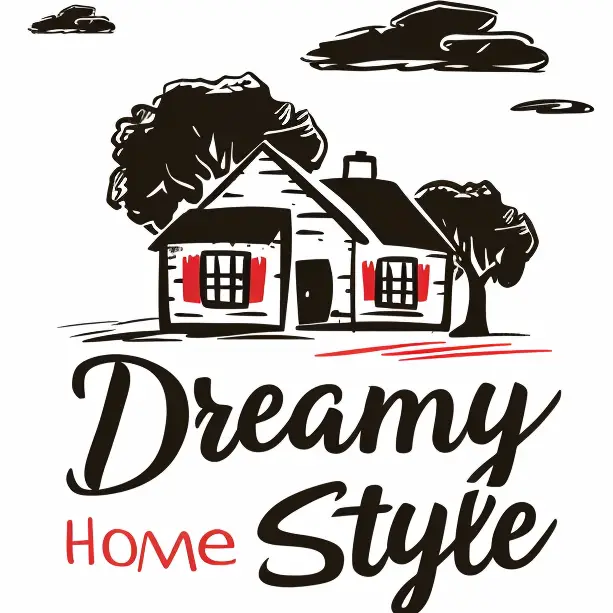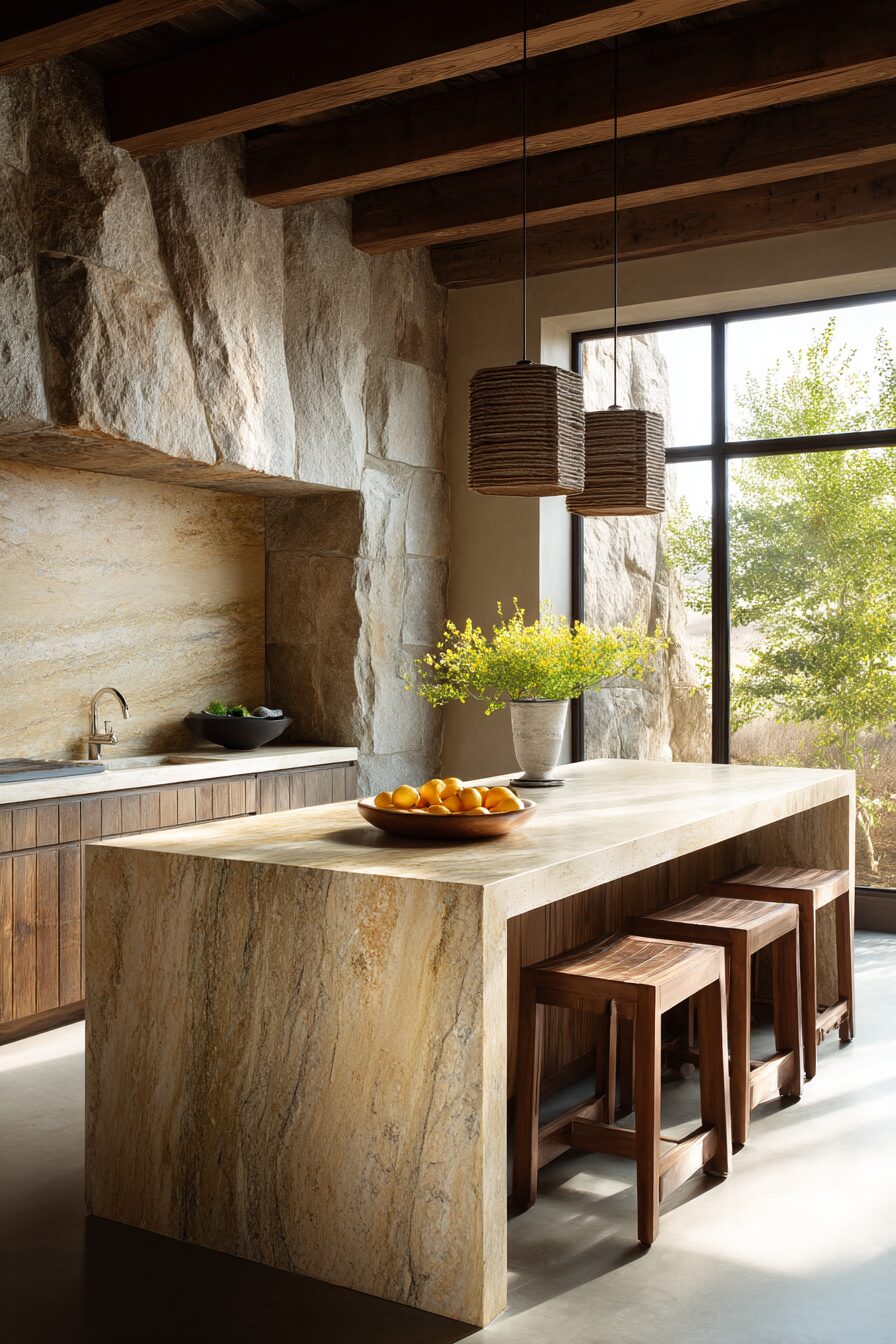Kitchen trends come and go faster than that gadget bread maker you bought last year, but certain design elements truly stand the test of time.
These classic features create spaces that feel both current and enduring, saving you from costly renovations every decade.
The secret to a forever-stylish kitchen isn’t following every Pinterest trend – it’s investing in these proven design principles that have charmed homeowners for generations.
Crisp White Kitchens: The Timeless Canvas
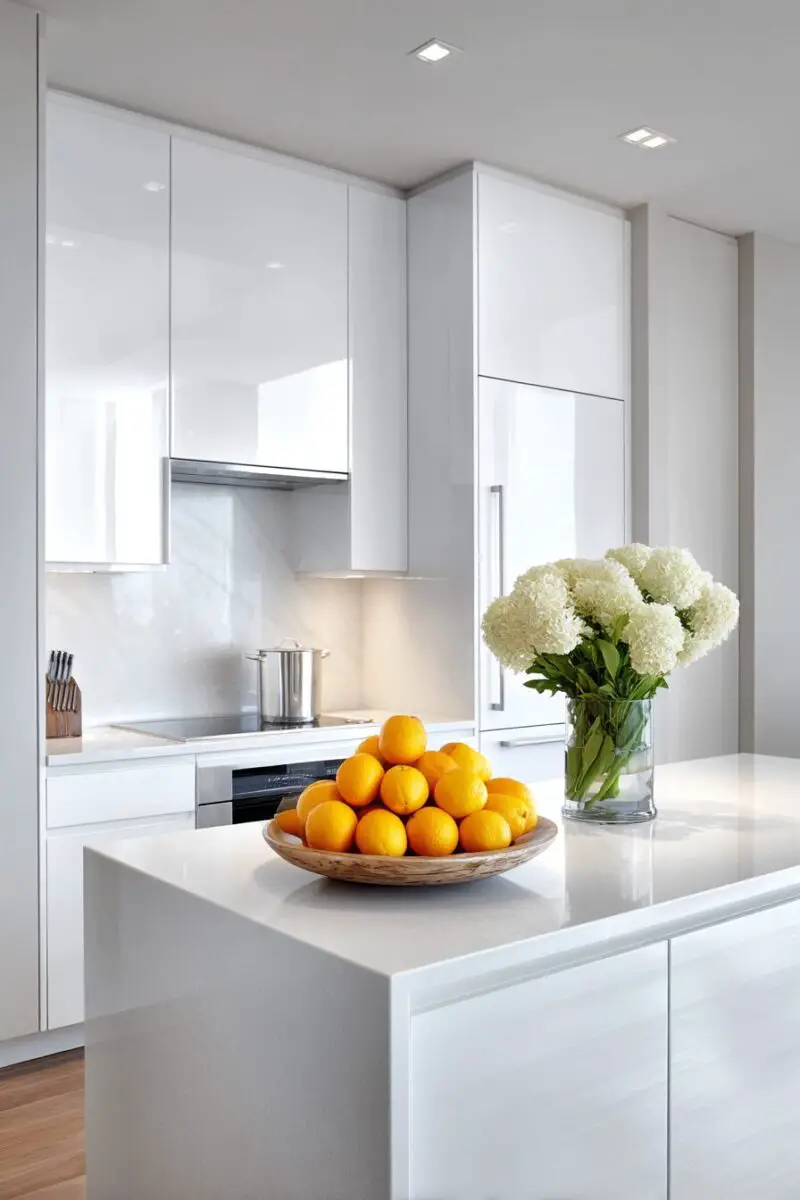
White kitchens have dominated for centuries, and for good reason – they’re the ultimate blank canvas that adapts to changing tastes.
The brightness of white cabinets reflects light, making even the smallest kitchen feel more spacious and welcoming.
When you choose white, you’re selecting versatility that allows for easy updates through accessories and accents rather than major renovations.
The clean aesthetic works with virtually any design style from farmhouse to ultra-modern, making it truly universal.
White cabinetry showcases other elements like hardware and countertops, allowing them to shine as focal points.
Many homeowners worry white kitchens show every speck of dirt, but today’s quality paints and finishes are remarkably durable and cleanable.
The timeless appeal of white extends to resale value, with real estate agents consistently reporting that white kitchens help sell homes faster.
For color-lovers, white provides the perfect backdrop for seasonal decor changes or bold accessories that can be swapped out when you crave something new.
Benjamin Moore’s “Simply White” and Sherwin Williams’ “Pure White” remain perennial favorites for their versatile undertones that complement any space.
The psychological impact shouldn’t be overlooked – white spaces feel clean, fresh, and organized, even when your morning routine is anything but.
Shaker-Style Cabinetry: Uncomplicated Elegance

Born from 18th-century craftsmanship, Shaker cabinets have transcended trends with their simple, functional design philosophy.
The clean lines and minimal ornamentation create an unfussy aesthetic that bridges traditional and contemporary styles effortlessly.
Shaker cabinets feature a five-piece door with a recessed center panel that adds just enough visual interest without becoming ornate or dated.
The beauty of Shaker style lies in its adaptability – paint them white for classic appeal, black for drama, or any color in between to express your personality.
Their straightforward construction typically means more affordable pricing compared to ornate cabinet styles, offering excellent value.
When trends swing toward minimalism, Shakers feel modern; when traditional styles resurge, they feel classic – a true design chameleon.
Hardware options are endless with Shaker cabinets – from vintage glass knobs to sleek modern pulls, each choice creates a distinctly different look.
The unfussy design means less dust-catching detail, making them practical for busy households where cleaning time is limited.
Renowned designers like Sarah Richardson consistently recommend Shaker cabinets precisely because they provide lasting appeal across decades.
Quality Shaker cabinets can be refaced or repainted multiple times, extending their lifespan well beyond trendier styles that quickly look dated.
Design Your Dream Room in Minutes!
🏡 Start Creating FREE →Subway Tile: The Humble Hero of Backsplashes
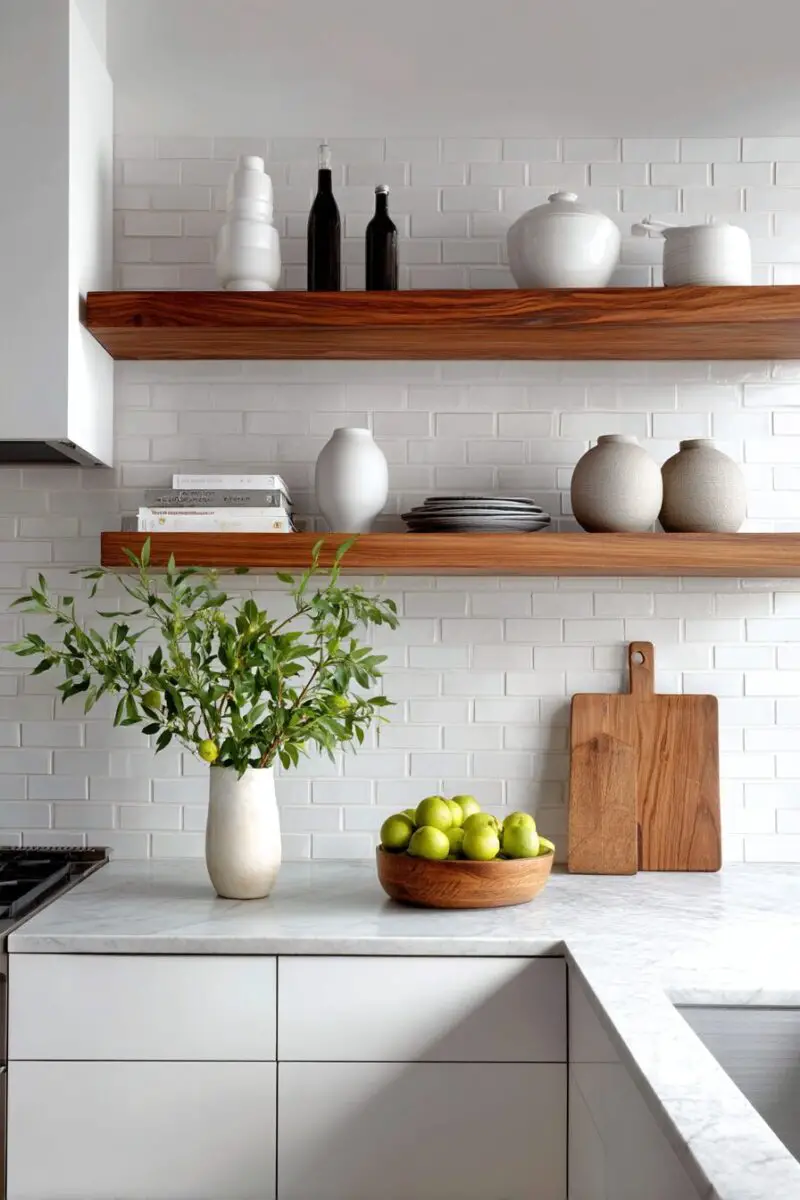
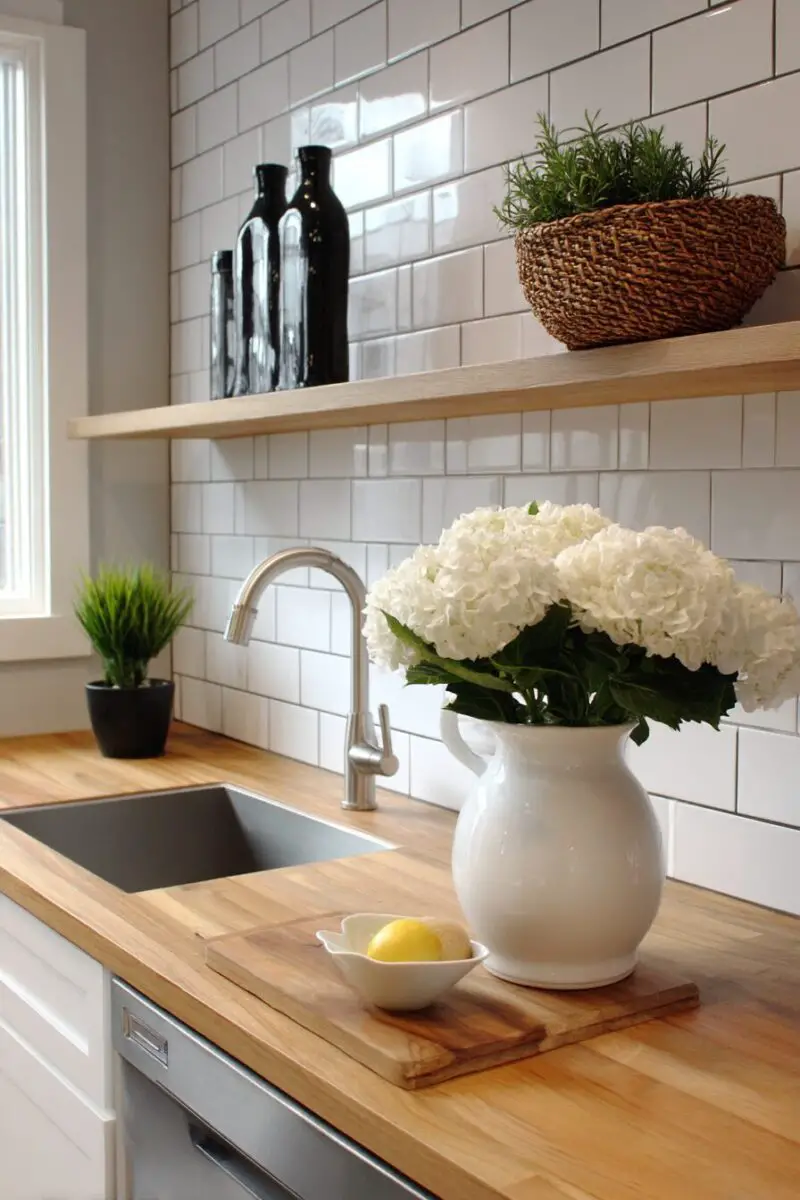
Subway tiles trace their origins to New York City subway stations of the early 1900s, proving their staying power over more than a century.
The simple 3×6 inch rectangular tiles offer clean lines that complement virtually any kitchen style from industrial to country farmhouse.
Cost-effectiveness makes subway tile accessible for nearly any budget, providing high-end looks without the premium price tag.
The classic white subway tile remains most popular, but today’s options include every color imaginable, glossy or matte finishes, handmade variations, and even glass versions.
Changing the grout color dramatically alters the look – white grout creates a seamless appearance while dark grout highlights the pattern and hides stains.
Different installation patterns like herringbone, vertical stacking, or basket weave offer custom looks while maintaining the timeless tile shape.
Subway tile provides a waterproof, easy-to-clean surface that stands up to cooking splatters and regular cleaning without losing its appeal.
The simple shape allows for easy repairs – if a tile cracks, replacing a single piece is much simpler than with more complex tile designs.
Design professionals appreciate how subway tile recedes visually to let other kitchen elements take center stage when desired.
The slight dimensional quality of subway tile adds subtle texture and interest that flat backspash surfaces simply can’t match.
TRENDING NOW
13 Luxurious Black and Gold Kitchen Designsardwood Flooring: The Foundation of Forever Style
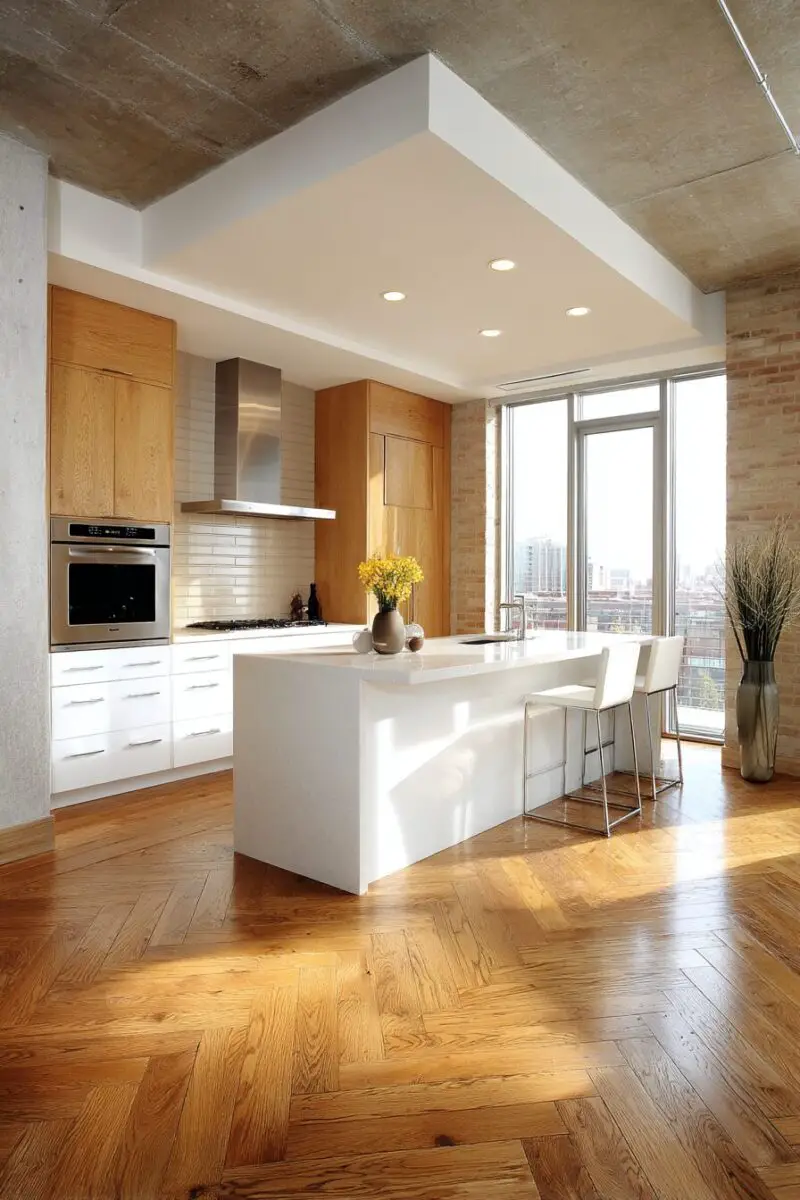
Hardwood floors have graced homes for centuries, proving they’re not just a passing trend but a genuine classic.
The natural variation in wood grain means each hardwood floor is unique, providing character that manufactured alternatives simply can’t replicate.
Oak remains the most popular wood species for its durability and versatility, but maple, hickory, and walnut each offer distinctive looks that stand the test of time.
The beauty of hardwood lies in its aging process – unlike many flooring materials that deteriorate, hardwood develops a patina that often looks better with passing years.
Most hardwoods can be refinished multiple times, allowing you to refresh the look or even change the stain color completely when design preferences shift.
The warmth underfoot and visual warmth hardwood brings to a kitchen helps counter the coolness of stone countertops and stainless appliances.
When properly maintained, quality hardwood floors can last 100+ years, making them one of the most sustainable flooring options available.
Continuous hardwood flooring that extends beyond the kitchen creates visual flow and makes the entire home feel more spacious and cohesive.
The natural sound absorption properties of wood make kitchens with hardwood noticeably quieter than those with tile or stone flooring.
Research from the National Association of Realtors consistently shows hardwood floors provide excellent return on investment at resale time.
Natural Stone Countertops: Nature’s Timeless Beauty
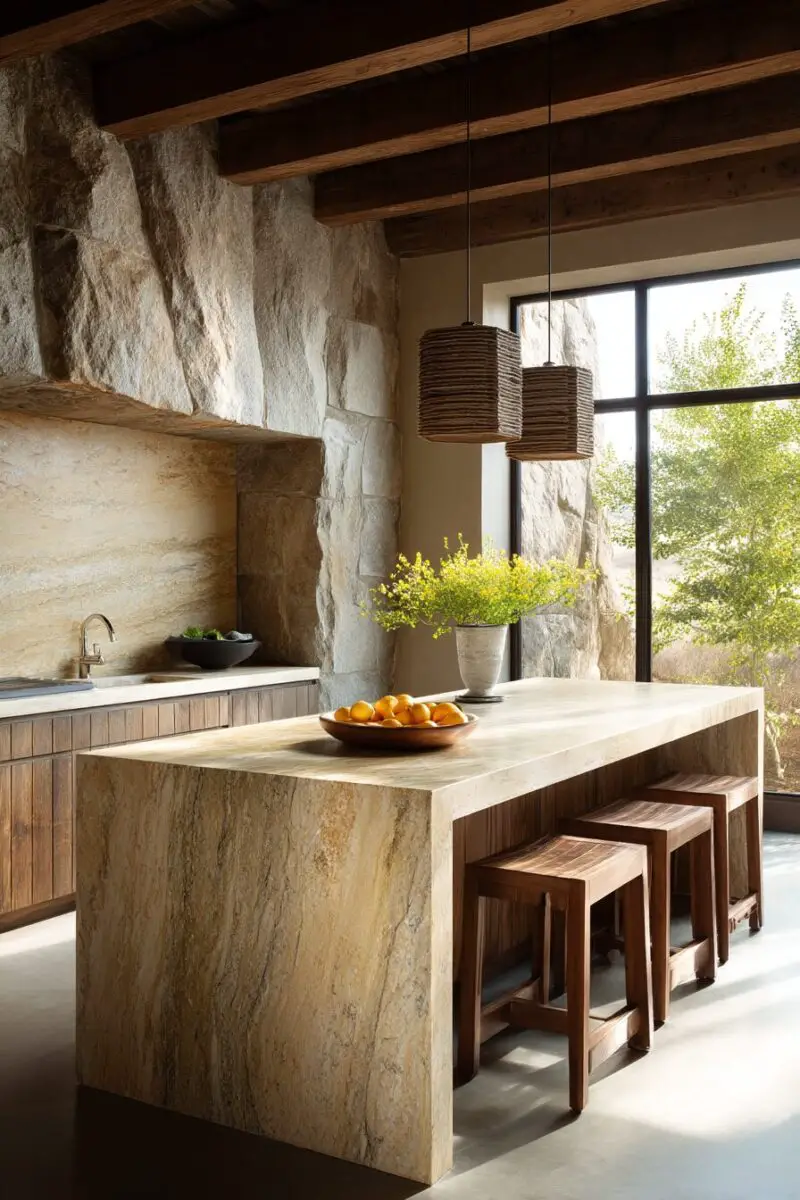
Natural stone countertops connect your kitchen to the earth with patterns formed over thousands of years that no manufactured material can truly duplicate.
Granite pioneered the natural stone movement and remains popular for its exceptional durability and resistance to heat, scratches, and stains when properly sealed.
Marble, particularly Carrara and Calacatta varieties, has decorated important buildings since ancient Rome and brings unmatched elegance to kitchen environments.
The unique veining and color variations in natural stone mean your countertops will be one-of-a-kind – an original piece of earth’s artwork in your home.
Soapstone offers a distinctive matte appearance that develops a lovely patina over time, particularly appealing in historic or farmhouse-style kitchens.
Quartzite (not to be confused with manufactured quartz) provides marble-like appearances with granite-like durability – often the best of both worlds.
The inherent variations in natural stone help hide everyday crumbs and spots, making them more forgiving than solid-colored countertop options.
Most natural stones can be honed (matte finish) or polished (shiny finish) to achieve different aesthetic effects while maintaining their timeless character.
The thermal properties of stone make it naturally cool – perfect for baking and pastry work that benefits from chilled surfaces.
Natural stone establishes an immediate sense of quality that elevates the entire kitchen, explaining why it remains the gold standard in high-end homes worldwide.
Open Shelving: Practical Display With Lasting Appeal
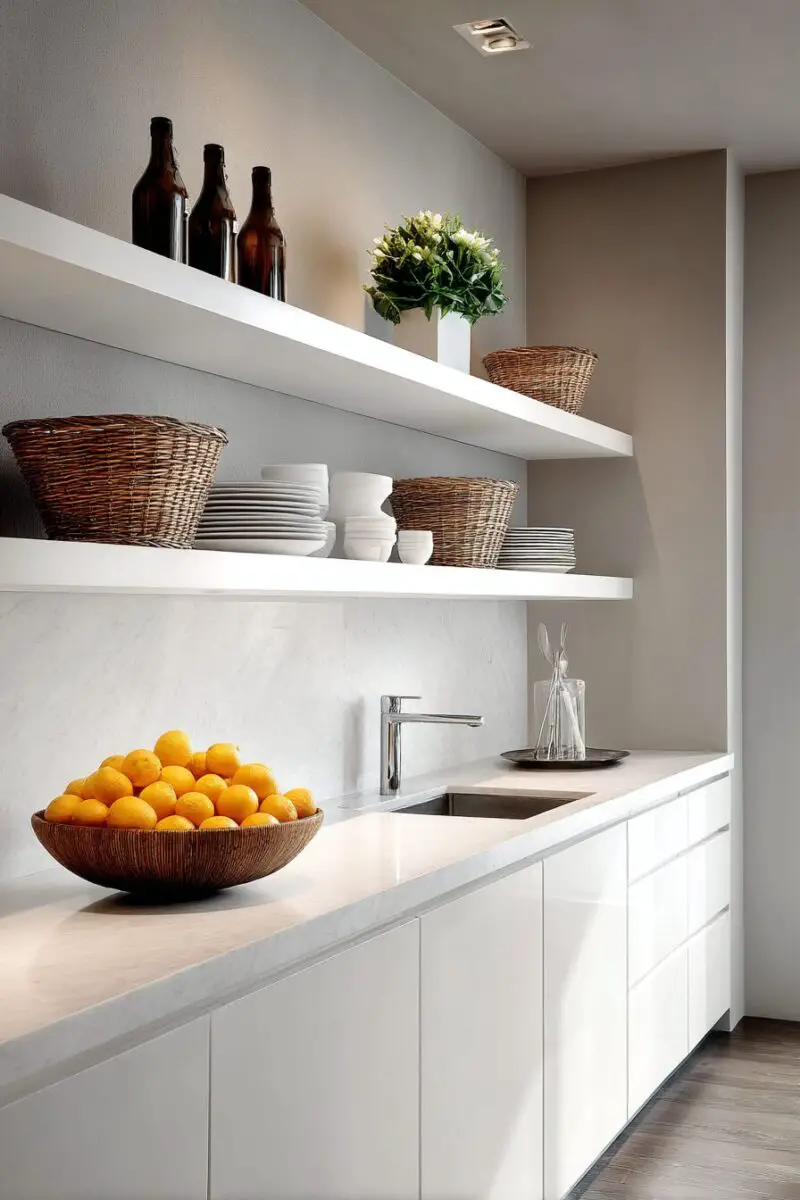
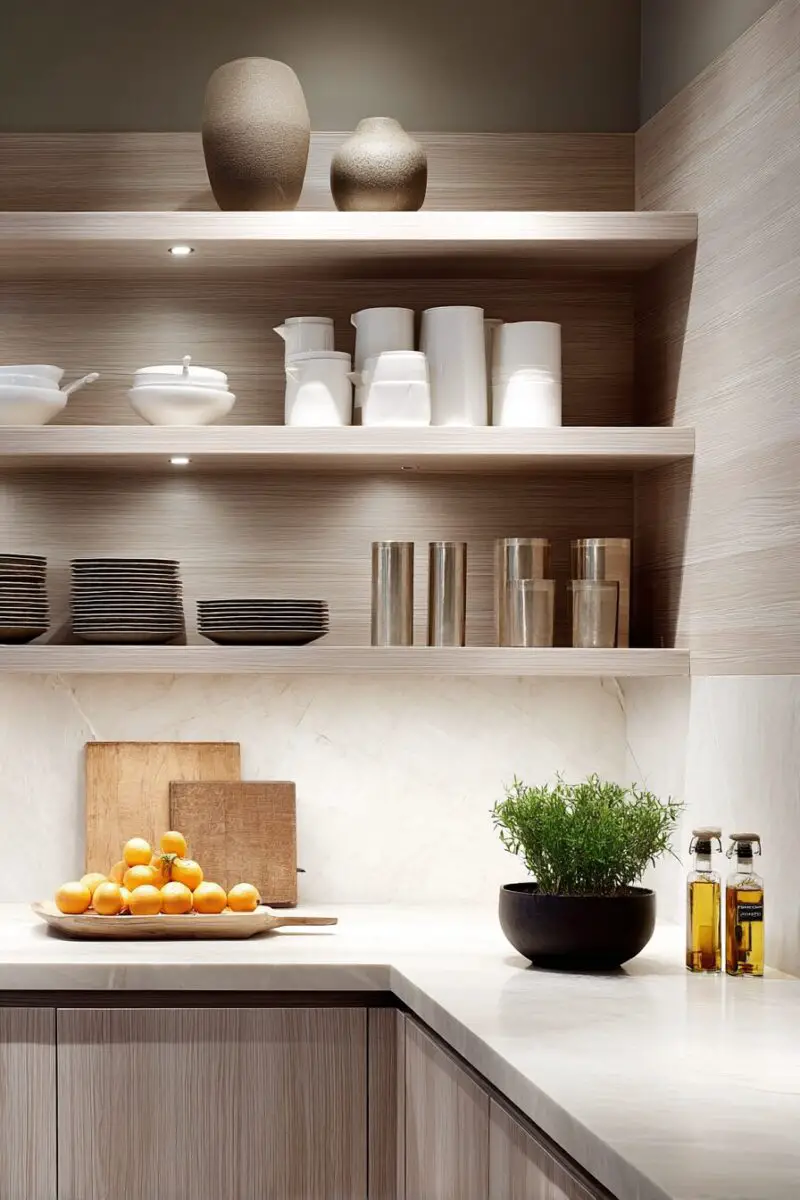
Open shelving breaks away from the wall-to-wall cabinet convention, creating breathing room that makes kitchens feel more spacious and intentional.
The concept dates back centuries to when kitchens featured simple open storage, proving this “trend” has actually been standard practice throughout most of cooking history.
When you display everyday dishes and glassware on open shelves, you transform functional items into decorative elements that add personality to your space.
Floating wood shelves introduce natural warmth that softens the harder elements typically found in kitchens like stone, metal, and glass.
The practical advantage can’t be overlooked – grabbing frequently used items from open shelves is simply more efficient than opening and closing cabinet doors.
Professional chefs have long preferred open shelving for quick access, bringing restaurant efficiency into home kitchens.
The visual lightness of open shelving works particularly well in smaller kitchens where solid upper cabinets might feel claustrophobic or overwhelming.
Budget-conscious renovators appreciate that quality open shelving costs significantly less than traditional cabinetry while creating high-end designer looks.
The key to successful open shelving lies in curation – displaying items with cohesive colors or materials prevents the cluttered feeling some homeowners fear.
Mixing open shelving with traditional cabinets offers the perfect compromise – display-worthy items go on shelves while less attractive essentials hide behind doors.
TRENDING NOW
Stunning Warm White Kitchen Designs for Your HomeFarmhouse Sinks: The Statement Piece With Purpose
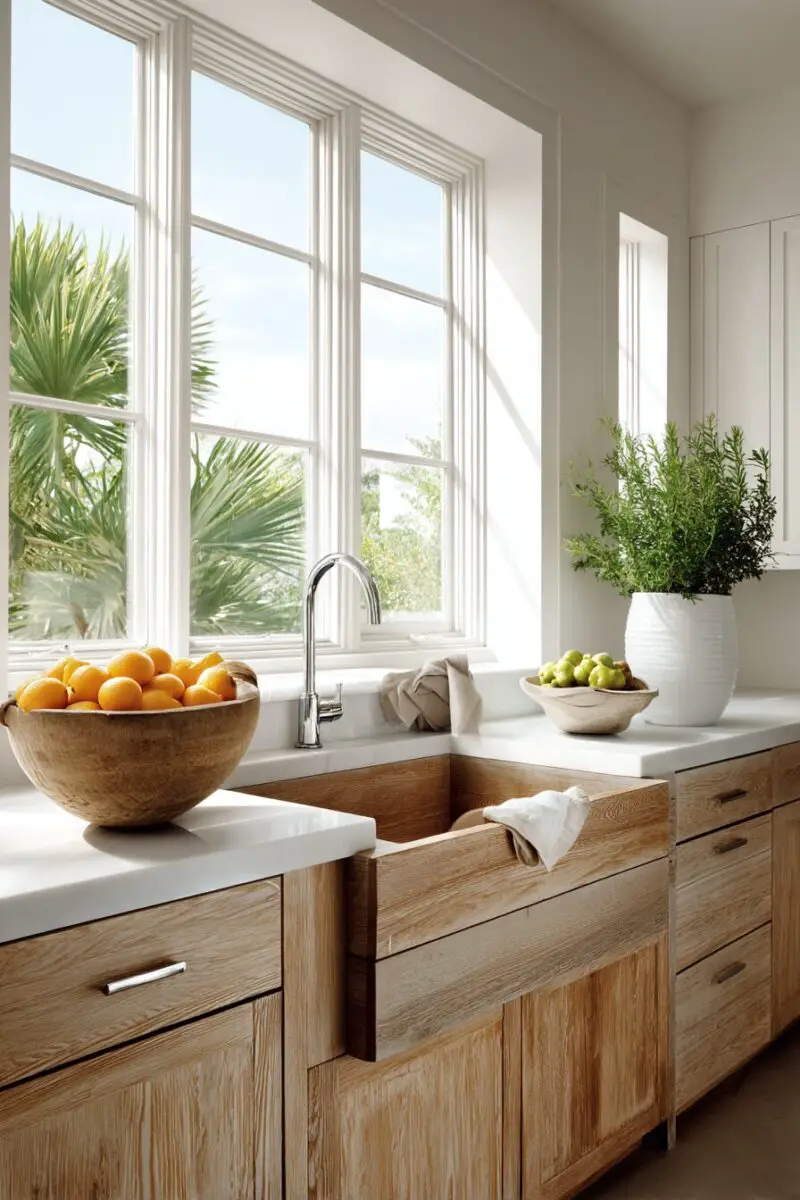
Also known as apron-front sinks, farmhouse sinks combine deep practicality with architectural interest that traditional drop-in sinks simply can’t match.
The original farmhouse sinks date back to 17th century Britain and Ireland, when large sinks were needed for everything from washing clothes to bathing children – genuine historic credentials.
The deep basin design allows for easier washing of large pots and pans without splashing, solving a practical problem while looking beautiful.
White fireclay remains the classic choice, but copper, stainless steel, and natural stone options offer different aesthetic directions while maintaining the iconic shape.
The forward position of farmhouse sinks reduces back strain by eliminating the countertop reach required with conventional sinks – an ergonomic advantage many don’t consider.
The protrusion of the sink beyond the cabinets creates a focal point that draws the eye and becomes a natural center for kitchen activity.
Single-bowl designs maximize usable space for large items, while divided versions offer practical separation for different kitchen tasks.
Unlike trendy sink designs that come and go, the farmhouse sink has already proven its staying power through centuries of kitchen evolution.
The versatility of farmhouse sinks spans design styles from traditional country to industrial modern, depending on the material and surrounding elements.
Even the sound differs – the deeper basin minimizes the noise of running water compared to shallower sinks, creating a more pleasant acoustic environment.
Classic Lighting Fixtures: Jewelry For Your Kitchen
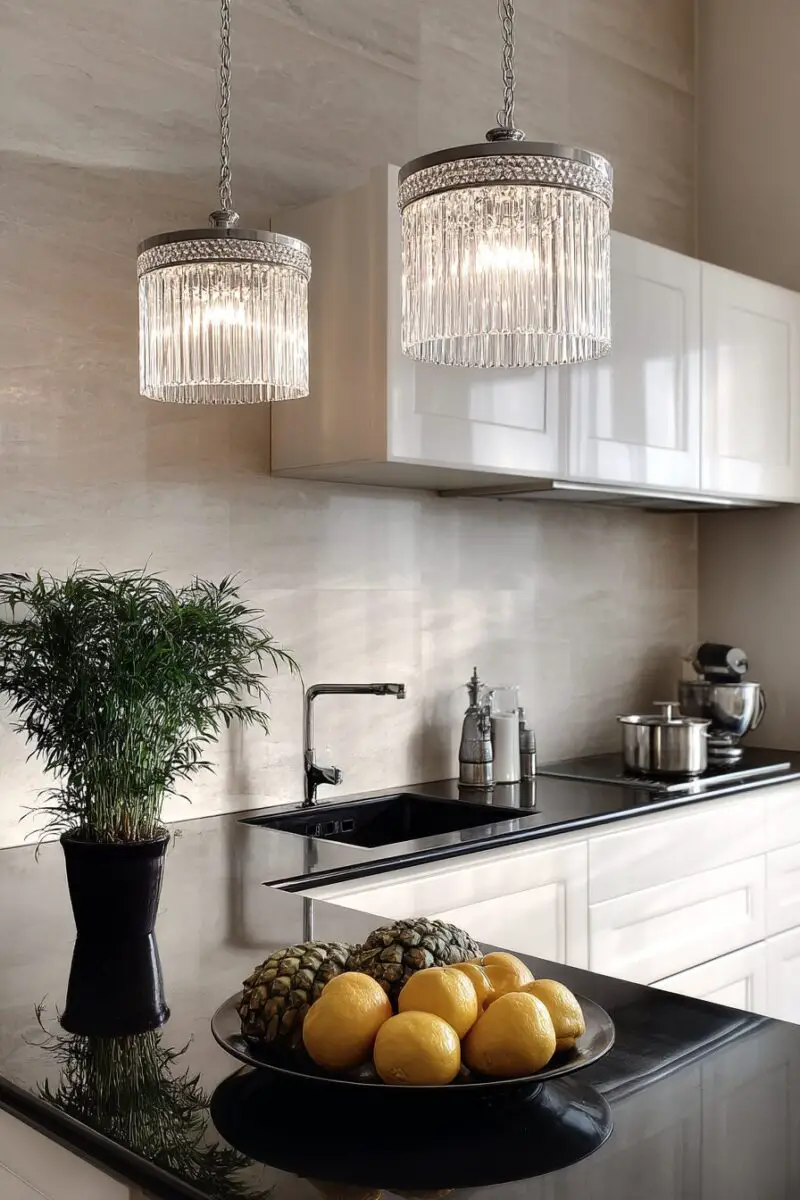
Lighting fixtures serve as the jewelry of your kitchen – they can elevate the entire space while remaining relatively easy to update as tastes evolve.
Pendant lights over islands and sinks have illuminated kitchens for generations, adjusting in style while the fundamental concept remains eternally practical.
Clear glass pendants never go out of style – whether simple schoolhouse globes, more industrial styles, or elegant blown-glass options.
Under-cabinet lighting wasn’t widely available generations ago, but has become a timeless standard that combines practicality with ambient beauty.
Strategic recessed lights provide clean, unobtrusive general illumination that complements rather than competes with statement fixtures.
Brass and bronze finishes cycle through popularity but never truly disappear, developing beautiful patinas that improve with age.
The proportions matter more than the style – oversized fixtures make statements that remain relevant even as specific design details evolve.
Dimmer switches represent one of the most impactful yet affordable kitchen upgrades, allowing atmosphere adjustment from bright task lighting to soft dinner ambiance.
Well-chosen lighting addresses the three essential layers – task, ambient, and accent – a principle that transcends any particular trend or era.
Energy efficiency has improved dramatically, but the warm glow of kitchen lighting remains an essential element in creating the heart of the home.
Kitchen Islands: The Heart of Home Activity
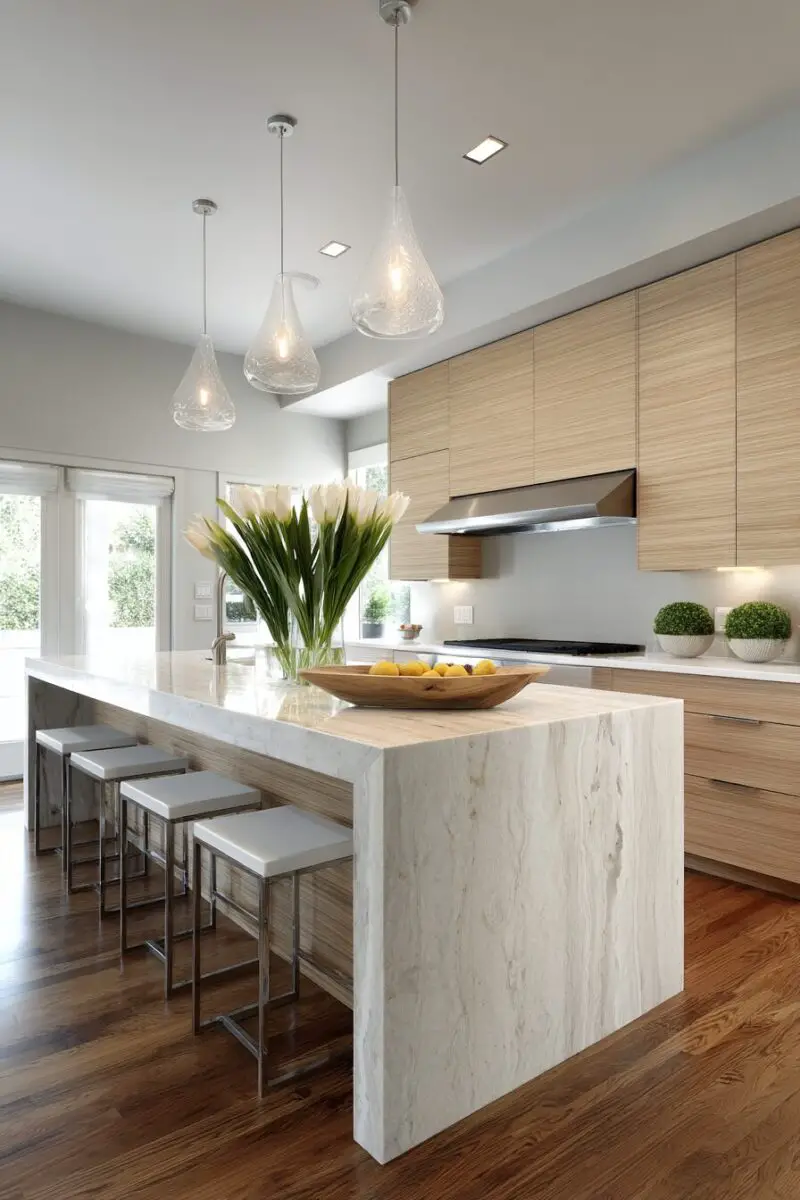
Kitchen islands evolved from the central work tables used in pre-modern kitchens, proving their functional value long before they became design statements.
Islands create natural gathering points where cooking, homework, casual dining, and conversation converge – the true multi-functional heart of the home.
When you incorporate an island, you gain valuable additional counter space without extending wall cabinetry that might make the room feel closed in.
The ability to approach an island from all sides makes collaborative cooking easier, allowing multiple cooks to work without constantly navigating around each other.
Islands with seating maintain connection between the cook and family or guests, eliminating the isolation that traditional kitchen layouts often created.
Storage opportunities within islands can be customized for specific needs – from wine storage to baking sheets to pet feeding stations.
Contrasting your island with perimeter cabinets – whether through different colors, countertop materials, or both – has proven to maintain appeal through changing trends.
Built-in appliances like microwave drawers, beverage refrigerators, or secondary sinks make islands even more functional without cluttering the main work areas.
The extra electrical outlets typically included in islands have become increasingly valuable as portable devices and small appliances multiply in modern kitchens.
Research shows homes with kitchen islands typically command higher resale values, confirming their lasting appeal to successive generations of homebuyers.
Mixed Materials: Texture and Contrast That Endures
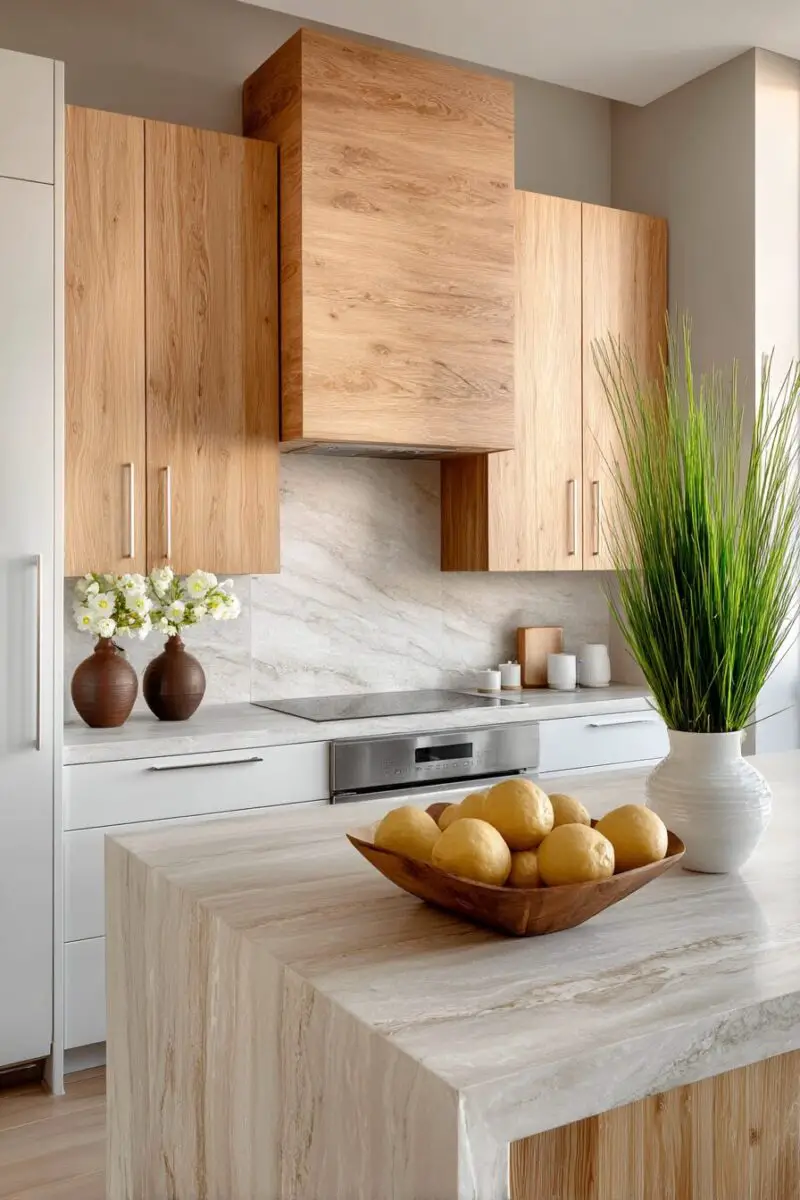
Kitchens composed entirely of matching elements quickly feel flat and dated, while thoughtful material mixing creates timeless depth and interest.
The contrast between warm and cool elements – like wood and metal or stone and glass – creates visual tension that keeps kitchens interesting for decades.
When you incorporate different textures like smooth stone, matte paint, glossy tile, and natural wood, you create a sensory richness that never loses its appeal.
Blending metals like brass hardware, stainless appliances, and perhaps iron accents was once considered a design mistake but is now recognized as sophistication that transcends trends.
Natural patina across different materials – from darkening copper to mellowing wood – creates an evolved look that can’t be replicated in newly installed kitchens.
The combination of old and new elements, like vintage accessories displayed against modern cabinetry, creates stories within your space that reflect genuine personality.
Design psychology suggests spaces with thoughtful material variation create more positive emotional responses than perfectly matched environments.
Mixed materials provide visual anchoring – like a wood island base with stone top or metal hood against tile backsplash – creating natural focal points.
Carefully selected material combinations allow easy updates by changing just one element rather than requiring complete renovations.
The visual complexity of mixed materials helps kitchens remain interesting over time, unlike one-note designs that quickly become visually exhausted.
Your most successful kitchen design will incorporate several of these principles while still reflecting your personal style and specific needs.
The beauty of these timeless elements is their flexibility – they can be interpreted in countless ways while maintaining their essential character.
Remember that truly timeless kitchens aren’t about following rules but rather about creating spaces that work beautifully for the people who use them every day.
